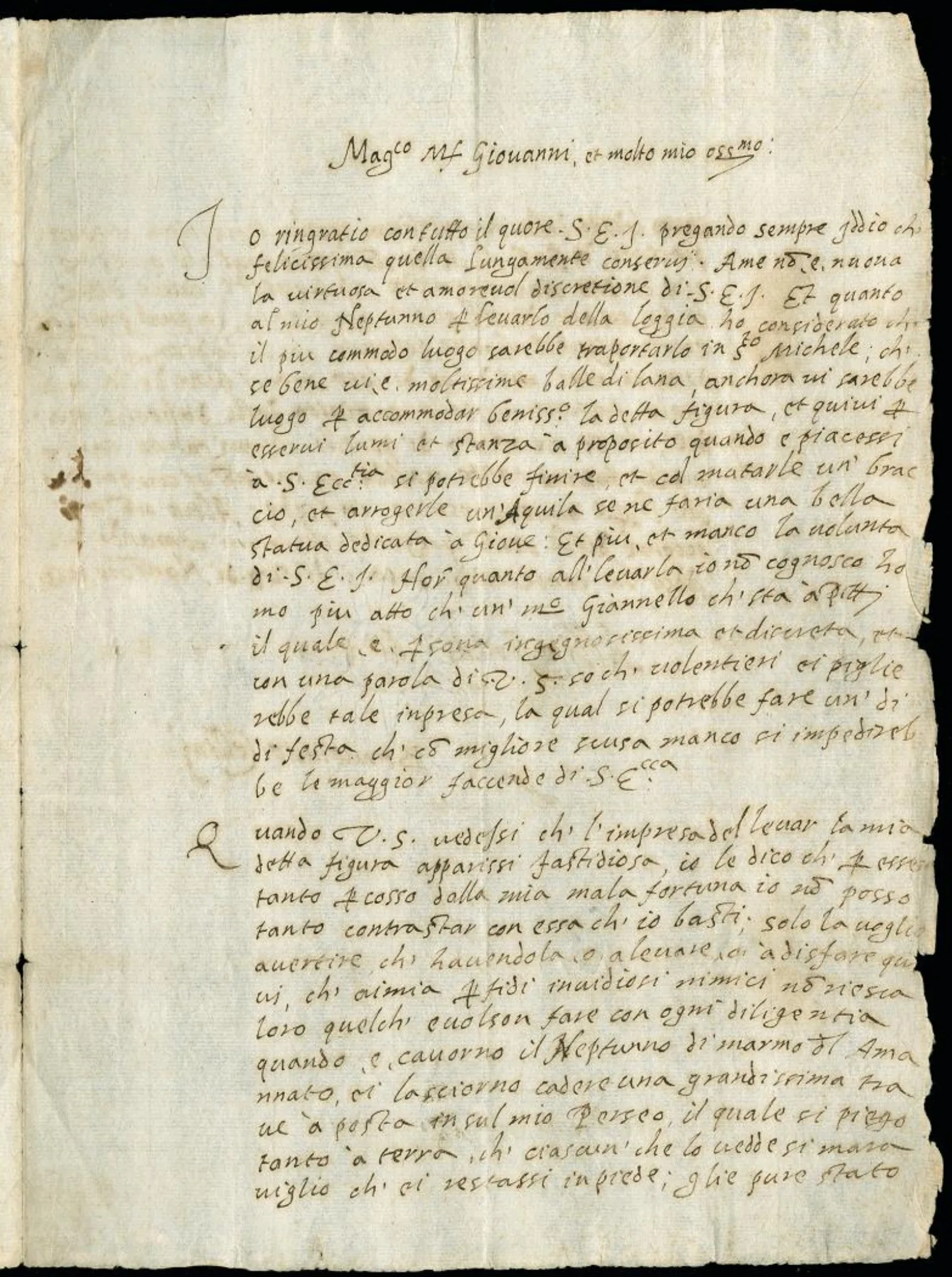Listen to an audio recording of this program.
Peter Stallybrass begins with a very simple proposition, although he hopes that it will have some surprising implications. The proposition is that the vast majority of letters written between the 1530s and the 1920s consist mainly of blank paper—and that they are designed to do so. This will seem particularly surprising to those of us who have repeatedly emphasized the cost of rag paper, which was often the single most expensive item in the production of the great majority of printed books before the introduction of wood pulp paper in the later nineteenth century.
To put his proposition at its bluntest, letters throughout Europe and America for about four centuries were designed to waste as much paper as possible. Why? Because the more paper you waste, the shorter the letter you have to write. His argument is that letters, despite the endless rhetoric about the significance of long letters, usually aspired to be telegrams, postcards, or emails.
Peter Stallybrass is Annenberg Professor in the Humanities at the University of Pennsylvania, where he has directed the History of Material Texts seminar for the last twenty-four years. He has been the Samuel Wannamaker Fellow at the Globe Theatre in London, the Moses Aaron Dropsie Fellow at the Center for Advanced Judaic Studies, and a Guggenheim Fellow, and he is a member of the American Philosophical Society. He collaborated with Jim Green on curating exhibitions on “Material Texts” and on Benjamin Franklin at the Library Company and the Grolier Club, and on the book Benjamin Franklin, Writer and Printer (2006). With Heather Wolfe, he curated the exhibition on “Technologies of Writing in the Renaissance” at the Folger Shakespeare Library. Professor Stallybrass’s work focuses on early modern material practices, with special interests in clothing and in the book trade. He is at present turning his Rosenbach Lectures in Bibliography on “Printing for Manuscript” into a book to be published by the University of Pennsylvania Press.
About the Wing Foundation Lecture Series on the History of the Book
The year 2017 marks the centenary of the death of John M. Wing, the remarkable and eccentric collector whose bequest founded the Newberry's John M. Wing Collection on the History of Printing. Over the last one hundred years the collection's curators have amassed an extraordinary group of materials ranging from incunables to modern artist's books to everything in between. Together they represent one of the world's best known collections related to the history of the book and the book arts, used by all manner of readers: academics, students, printers and other book artists, calligraphers, designers, and general readers simply interested in seeing and learning about books and manuscripts.
Your generosity is vital in keeping the library's programs, exhibitions, and reading rooms free and accessible to everyone. Make a donation today.
